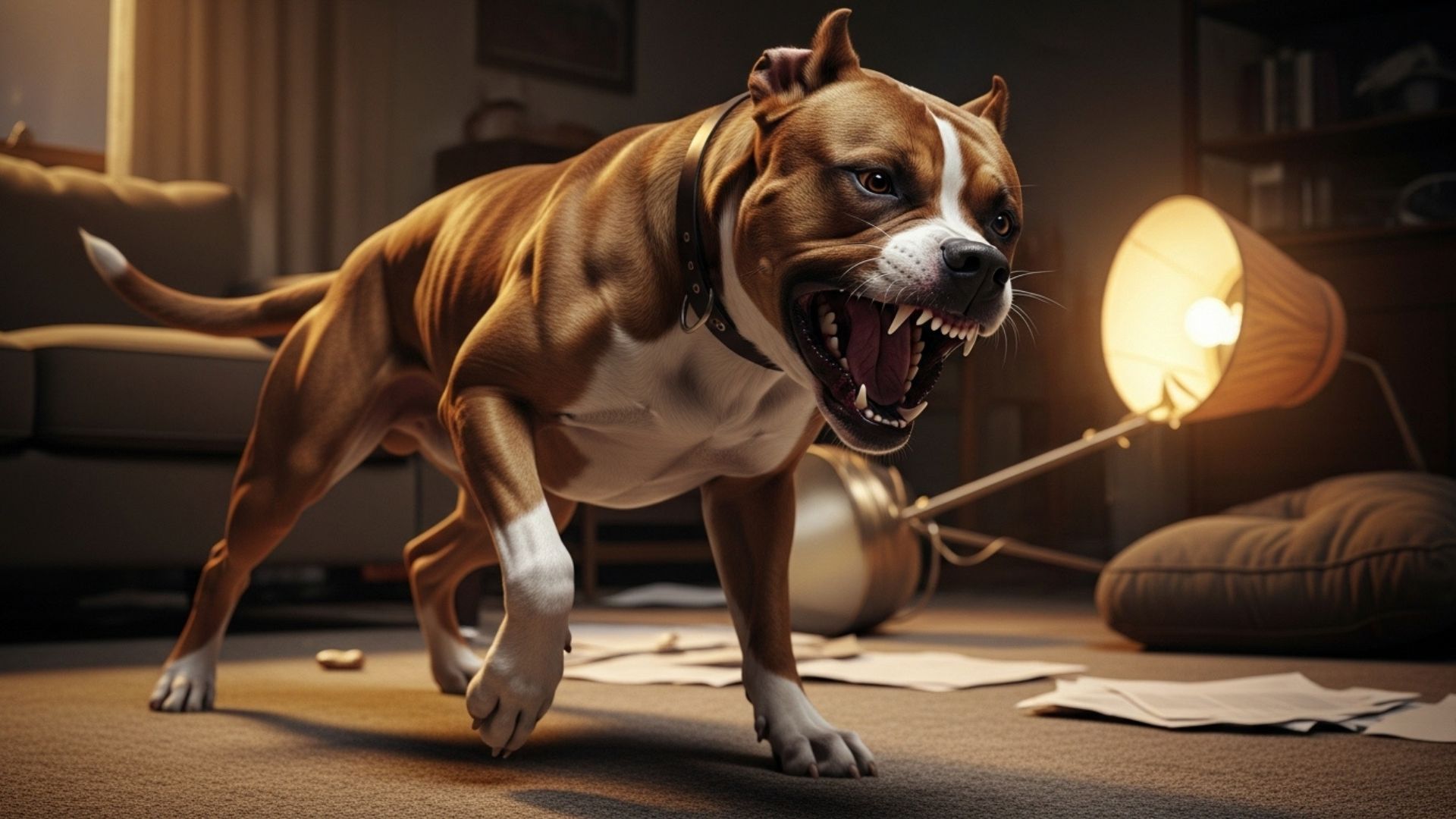Some dogs are gentle couch potatoes, while others… well, let’s just say they are not for everyone. Don’t get us wrong. Every dog has the potential to be an amazing companion. But some dog breeds can be extremely difficult for an average dog owner.
They need extensive training, constant attention, and a whole lot of patience. They really do feel like a postcard that says in bold italics!
BEWARE!! These dogs are best avoided!
So, the first time dog owners reading this anxiously!! If you are thinking of bringing home a pup and you are not ready for a serious commitment, certain breeds might be the best to admire from afar, instead of adding to your living room.
We have rounded up seven such dog breeds.
FUN FACT!
Believe it or not! The Siberian Huskies have been known to escape from backyards like a canine Houdini. For this reason, they are known as the #1 “escape artists” in the canine world. These sled dogs are master diggers and climbers. Some owners joke that if you turn your back for five minutes, your Husky might already be halfway down the street planning its next great adventure.
Beware! These Dog Breeds Are Best To Avoid
1. Belgian Malinois
If you have ever watched a police dog or a military dog in action on the news channels, chances are it might have been a Belgian Malinois. These dogs are basically the Olympian athletes.
Energetic dogs; energy levels are through the roof, they may need a five-mile run every morning, as per PetMD.
Temperament is loyal but intense.
Training should be consistent, structured, and challenging.
BEWARE!! Because they will outsmart and outrun the average dog owner
Belgian Malinois were originally bred for herding, and that work ethic has only gotten stronger over time for these dogs. But here’s the thing. Without proper training and daily mental stimulation, these dogs can quickly develop destructive behavioral traits.
Chewed-up furniture? Backyard full of craters? That is just the start.
According to the AKC, their trainability level is excellent, so they can get into many other jobs, provided the training is good, such as police work, search and rescue, or agility sports. But give them a thing to do. But if you cannot, this dog breed is best to avoid.
2. Rottweiler
Rottweilers are strong-willed, loyal, and incredibly protective. That is why they are often used as guard dogs. But let’s be real: this dog breed is not for the faint of heart.
Large dogs with a muscular build; minimum 60 minutes of exercise per day.
Temperament is confident with protective instincts, sometimes incredibly stubborn
BEWARE!! Their sheer strength can overwhelm unprepared owners.
Rotties are full of instincts to protect their families. That sounds great, right? Until you realize that without proper training, their protective instincts can tip into aggressive behavior toward strangers or even other pets.
It’s not that Rottweilers are “bad”…. far from it! With training and strong leadership, they can be wonderful companions. But they are one of those breeds where a lack of control can lead to dog bites or even devastating injuries. Sometimes, fatal dog attacks…
For first-time dog owners, a Rottweiler is simply too much dog to handle!!
3. German Shepherd
German Shepherds are one of the most popular dog breeds in America. They are highly intelligent, loyal, and versatile. But here’s the catch… they are also a handful.
Very high energy levels. Always ready to be in on-the-go mode.
Temperament is smart, alert, and protective. Again, always ready!!
Mental stimulation and structure are part of the training regimen.
BEWARE!! Because without a job, they become restless and anxious.
German Shepherds were bred as hunting dogs and herding dogs, which means they are wired for work. LITERALLY! They excel in police work, protection, and even as service animals. But in a typical household, most dog owners don’t realize just how much mental stimulation these dogs require.
No challenges? Sheps get bored. And a bored German Shepherd can turn into a destructive German Shepherd…. chewing, digging, barking non-stop. They are also strong-willed, so they need confident owners and early socialization.
4. American Bulldog

Don’t confuse them with the more laid-back English Bulldog. The American Bulldog is a whole different story. Athletic, muscular, and full of energy.
Medium-to-large dogs with a powerful build.
Temperament is loyal, protective, and sometimes, they can be stubborn dogs
Training needs are firm and consistent; positive reinforcement is much needed.
BEWARE!! Because they are not as easygoing as most dogs assume their first dog to be!
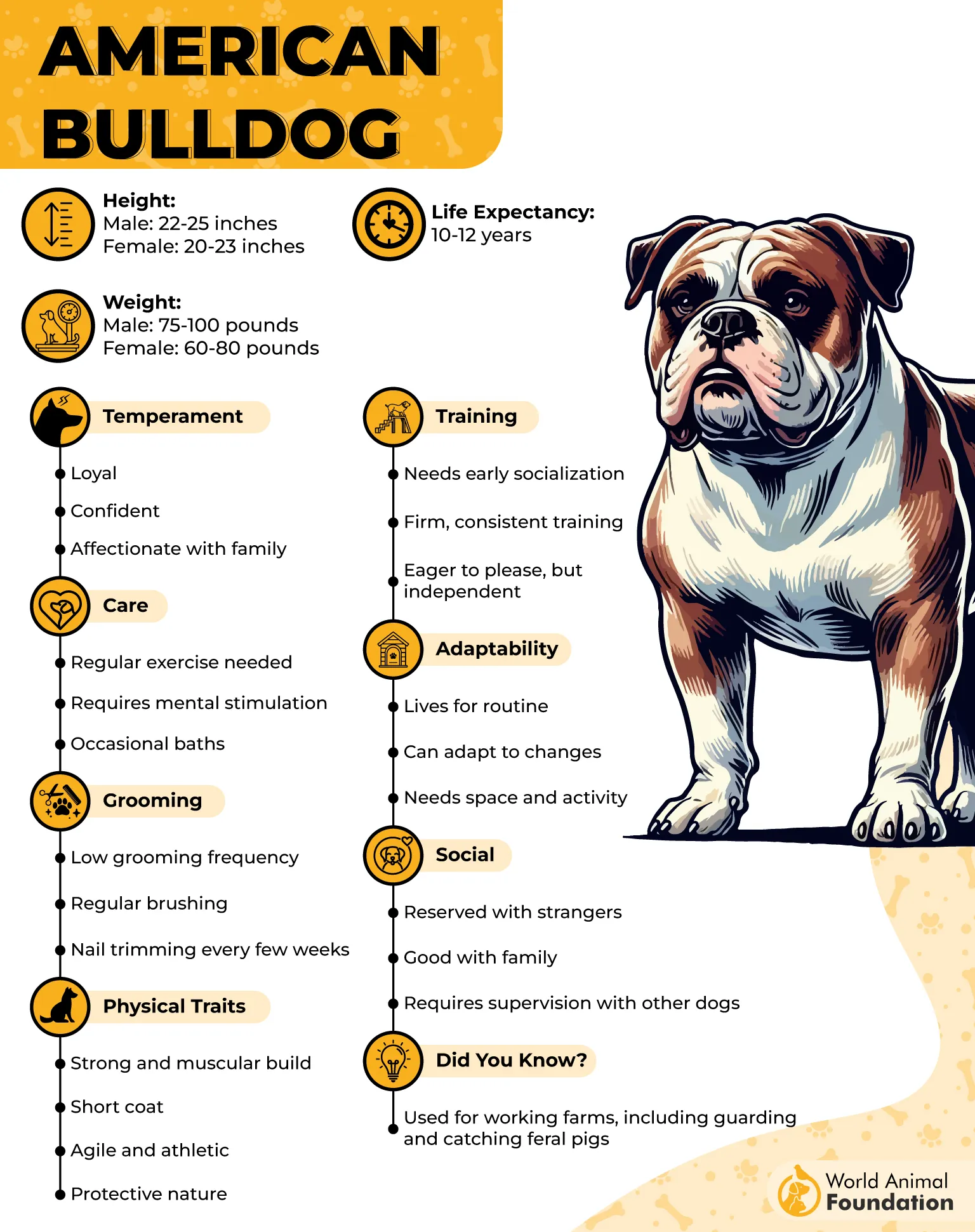
American Bulldogs were bred as working dogs to guard property and hunt wild wolves and boar. That history gives them a natural toughness and protective streak. Add that with their size and strength, and you have a breed that can be a real challenge for inexperienced owners.
They are not a naturally aggressive breed, but without early socialization and proper training, they can develop aggressive behavior toward strangers. For families with small kids or senior citizens, this can be a risky breed of dog.
5. Bullmastiff
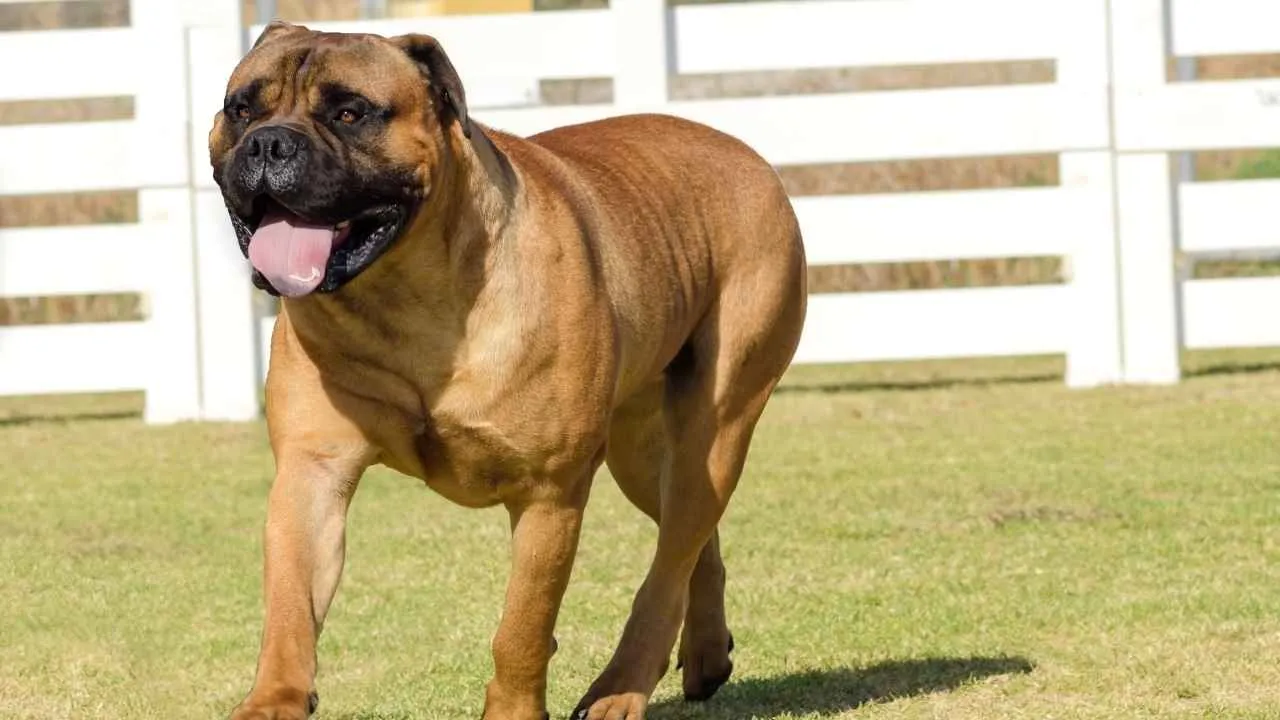
If you think Bullmastiff is just a big, lazy dog… NAH! Think again! These Mastiff-type dogs are protective and powerful.
Size is enormous (we are talking 100+ pounds)
Temperament is of a calm dog, but protective
Puppy training classes are a must from a young age.
BEWARE!! Their sheer size makes them difficult to control.
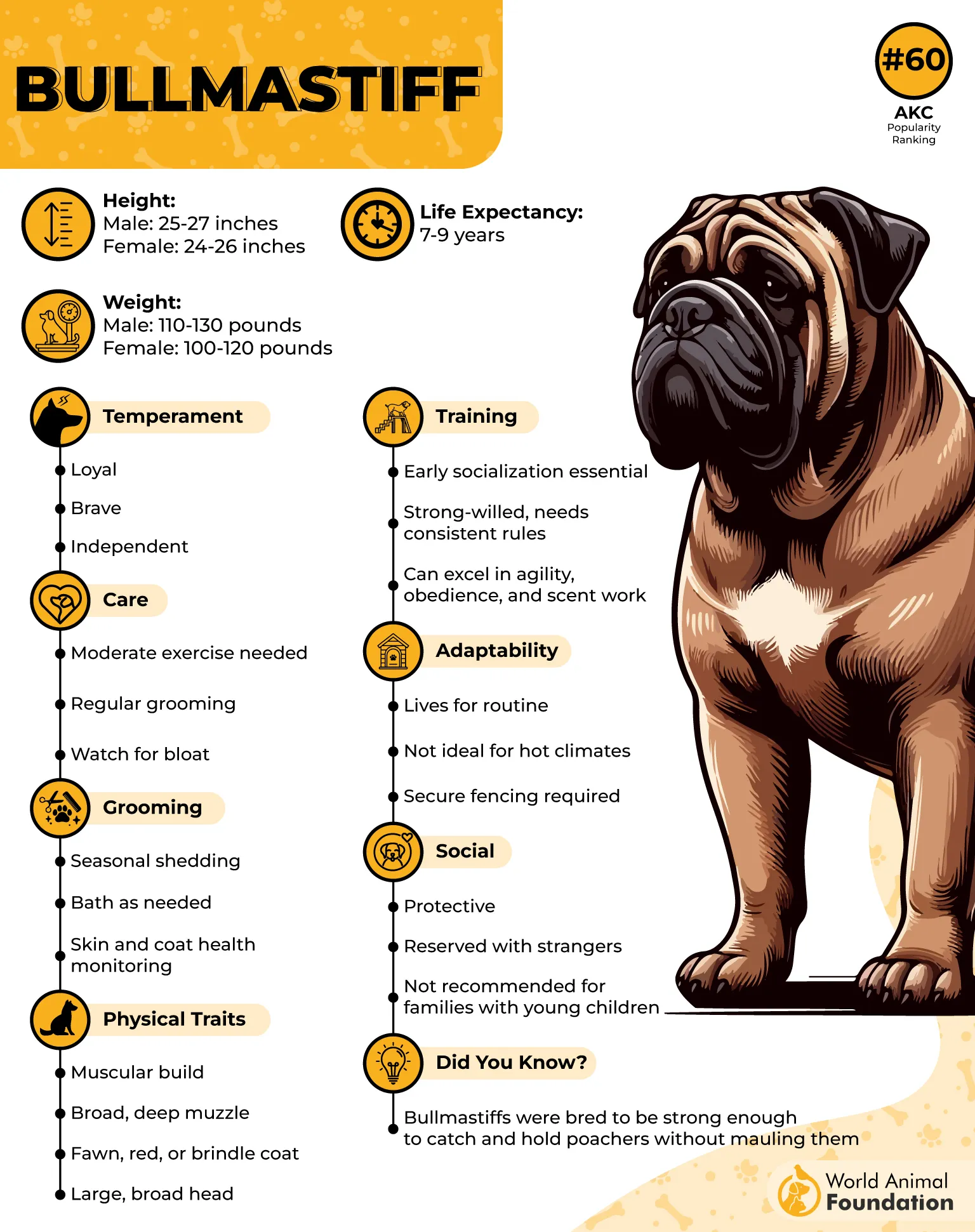
Bullmastiffs were bred specifically to guard estates, and that protective instinct has not gone anywhere. They are known as gentle giants with their families, but strangers… not always so lucky! Without early training and firm boundaries, their natural guarding instincts can turn into a problem.
Plus, let’s not ignore their massive dog persona. Even a friendly Bullmastiff can accidentally knock over small children or seniors just by bumping into them. For first-time owners, handling a dog this big is an invitation for frustration.
6. Siberian Husky
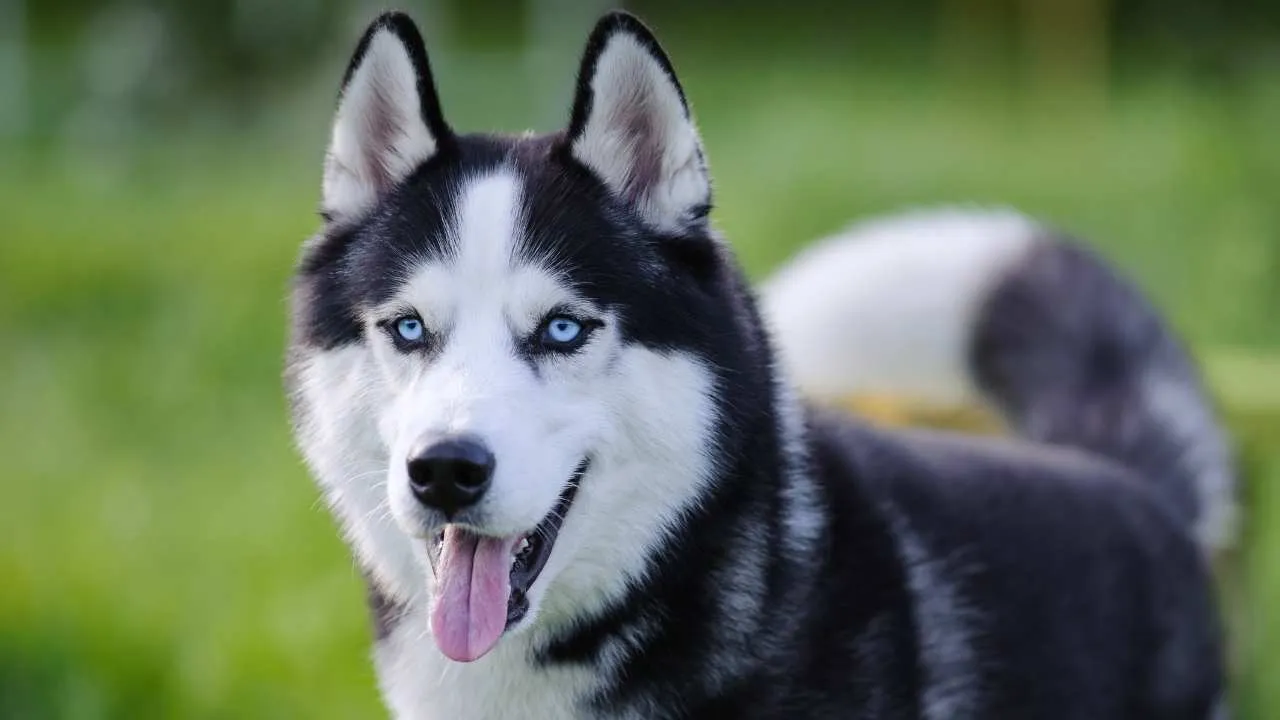
Everyone loves the look of a Husky. Those piercing blue eyes, the wolf-like appearance, the playful personality. But… SURPRISE! Huskies can be some of the most challenging dogs you will ever meet.
Energy levels are sky high.
Temperament is mischievous, playful, and independent.
Tons of exercise and patience are needed.
BEWARE!! Escape artists with endless energy!
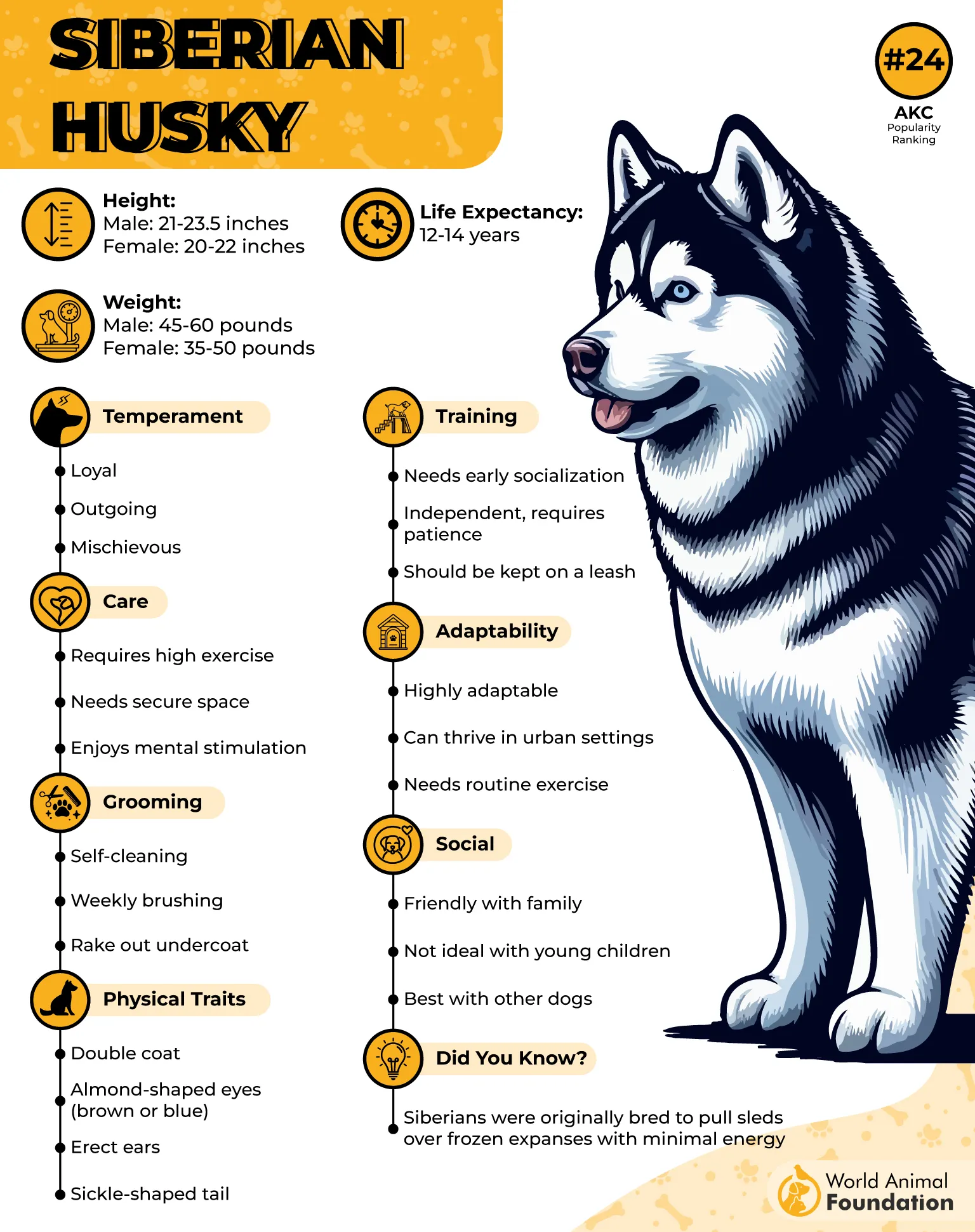
Siberian Huskies are natural-born sled dogs, born to work in harsh and cold climates. That means they have endless stamina and love to run. A lot. Without miles of daily exercise, they get bored. And a bored Husky will destroy your house faster than you can imagine.
They are also notorious escape artists (#1 reason to avoid). Fences? They will jump them. Yards? They will dig out. They are smart, stubborn, and strong-willed, which makes training a challenge, even for the smart owners.
For first-time dog owners, a Husky can be a living nightmare if you are not prepared.
7. Boxer
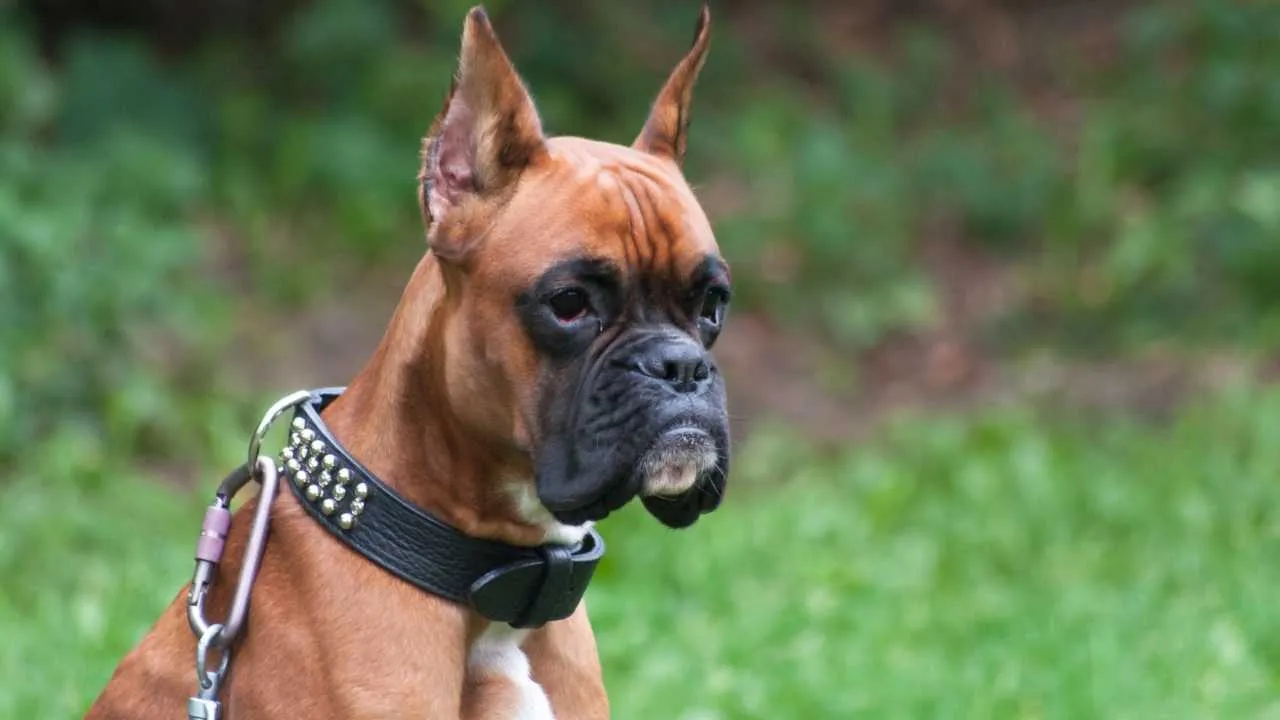
Boxers are goofy, lovable, and full of life. And yes, they do have that clownish personality, which is very attractive. But… they are also a lot to handle. As Hills Pet Nutrition mentions, they are highly intelligent, high-energy, and love to stay busy.
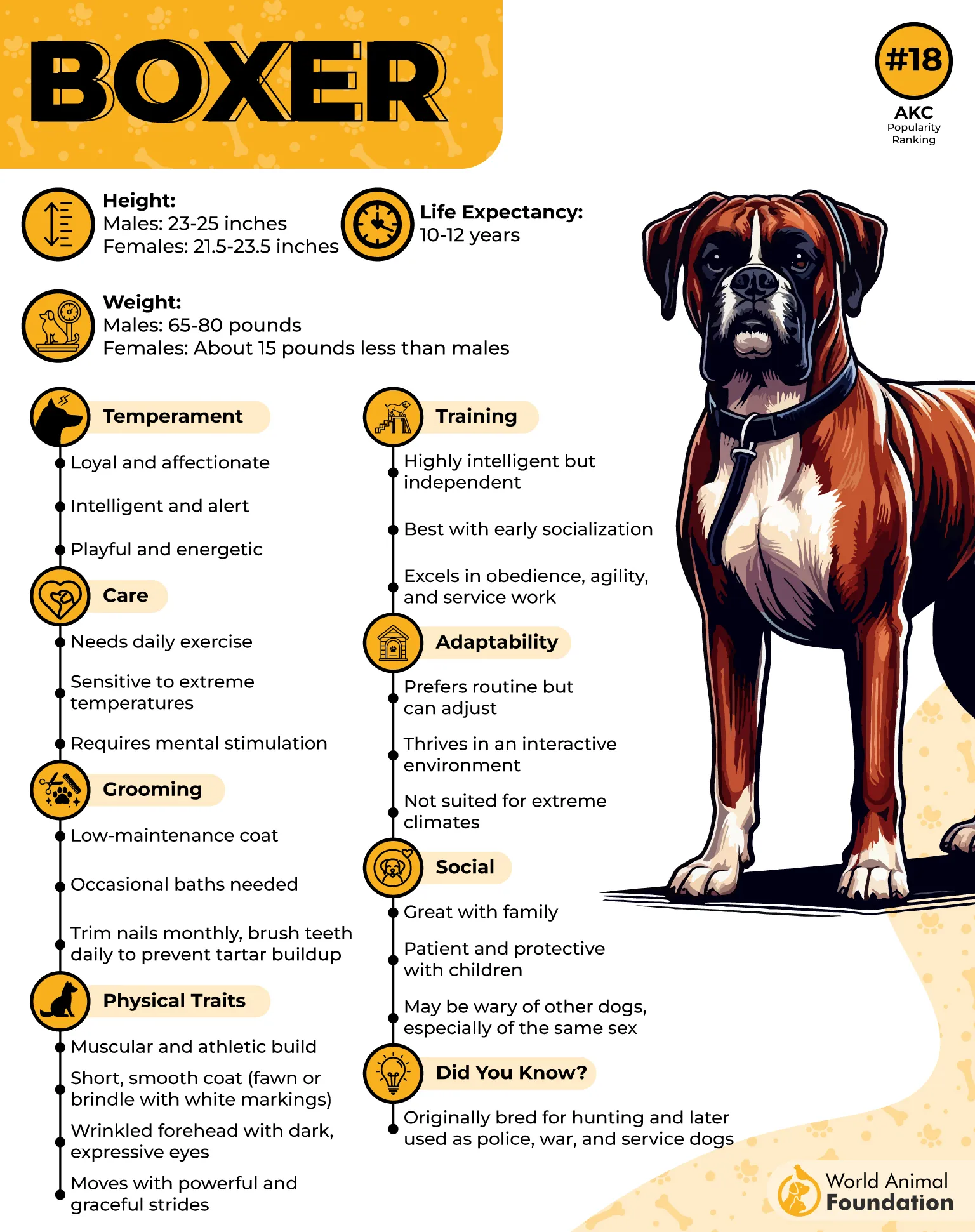
Medium to large dog breed with solid muscle.
Temperament is playful, protective, and stubborn.
Training needs are consistent, firm, but fun!
BEWARE!! High energy, some health issues, and stubbornness can overwhelm families
Boxers were bred as hunting dogs and even had roles as fighting dogs in history (hence the name, Boxer). That gives them a mix of protective instincts and boundless energy.
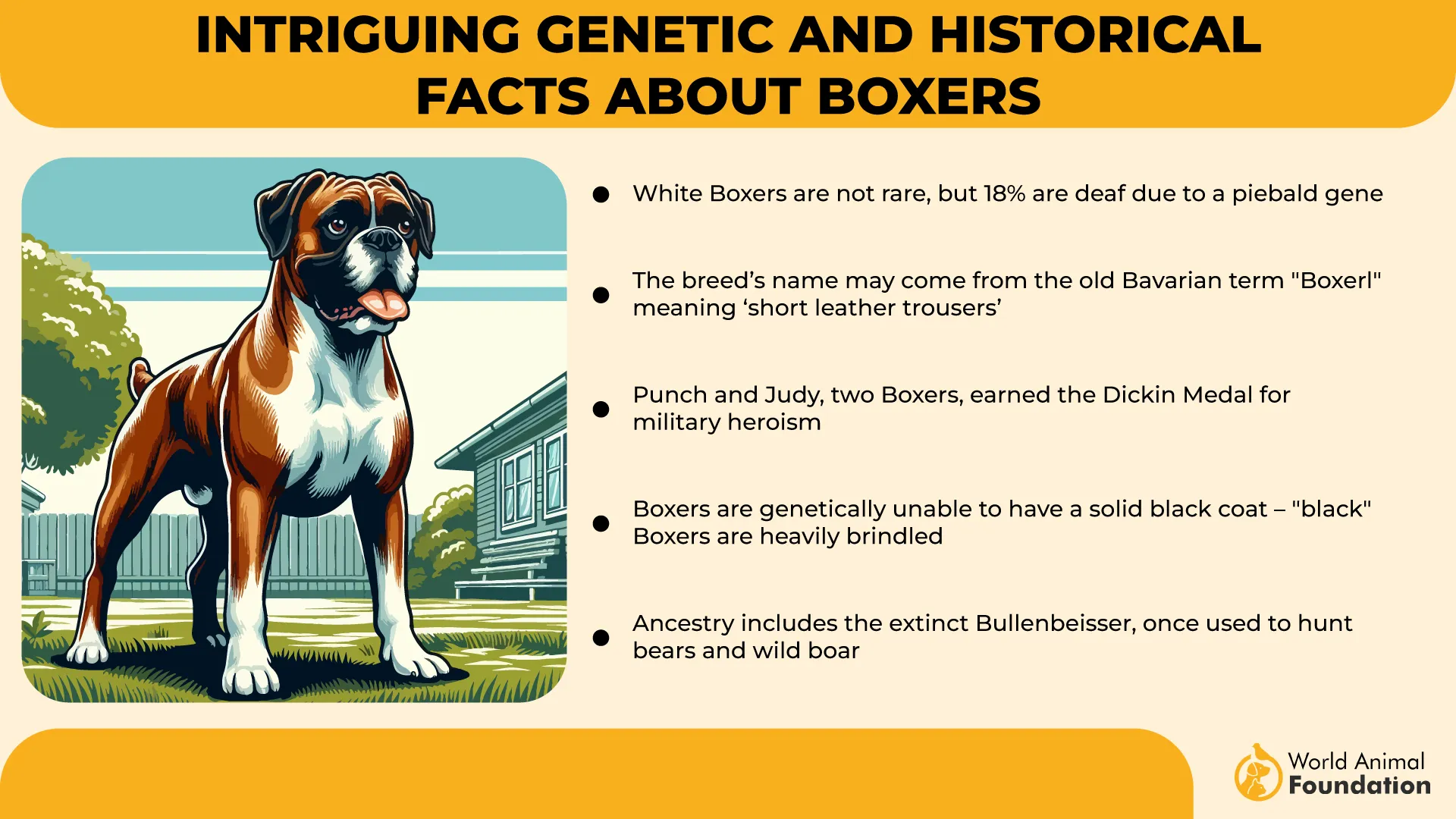
They are affectionate with family, but they are also energetic dogs who need lots of playtime, exercise, and mental stimulation more than some other breeds.
Without that outlet, they become destructive and hyperactive, and they might bounce off the walls like oversized toddlers. Plus, Boxers are one of the brachycephalic breeds. This specific breed is not made for warm climates; they will simply overheat and pose breathing problems. Plus, the ear infections.
As much as their lively personality is an attraction, the health problems that come with many dogs are what people rethink about getting the right breed for their home.
Conclusion
The truth is… none of these dogs is a “bad dog”. In fact, they can all make incredible companions, the “right dog” in the right hands.
But if you are new to dogs, don’t have time for training or coat maintenance and grooming, or are fearful of fatal attacks or brachycephalic dogs, or just want a low-maintenance family dog, then BEWARE!! These dog breeds are best to avoid.
Some other breeds include: French Bulldogs, Jack Russell Terrier dogs, Pit Bulls, Border Collies, Australian Shepherds, etc. They are strong, smart, and full of personality, but they also demand proper training, structure, and experienced owners.
No matter whether they are large breeds or mixed breeds. Just get them from a responsible breeder.
Find a dog that fits your lifestyle perfectly. Because the happiest dogs (and dog owners) are the ones who are the right match for each other.


